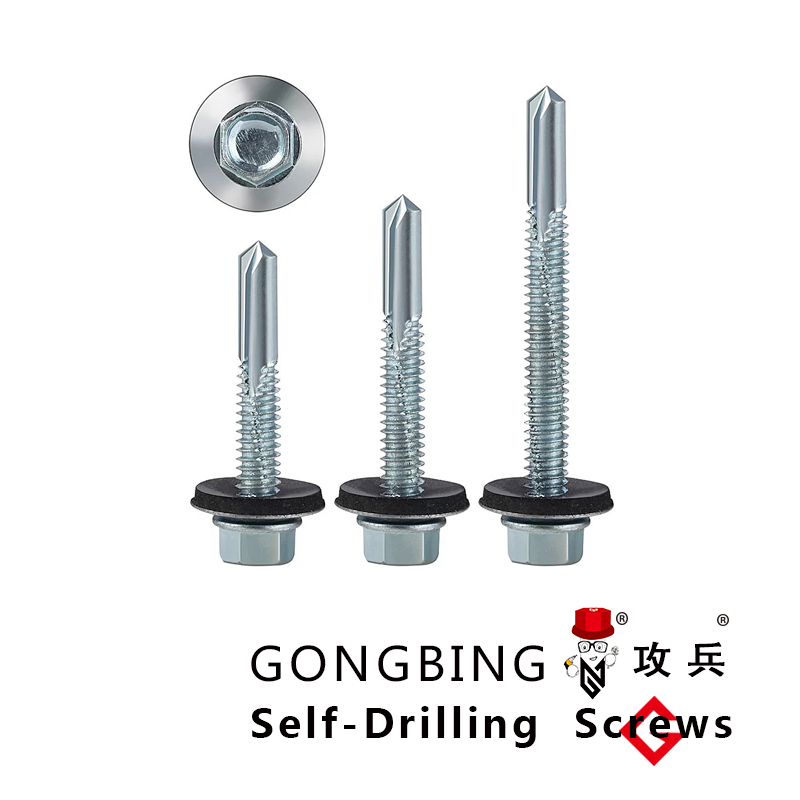Understanding the Importance of Fasteners in Aircraft Structural Integrity and Safety Enhancements
Aircraft Structural Fasteners Critical Components of Aviation Engineering
The aerospace industry is a complex amalgamation of engineering disciplines, where even the smallest components play crucial roles in ensuring safety, performance, and efficiency. Among these components, aircraft structural fasteners are essential elements that contribute to the integrity and reliability of aviation structures.
Understanding Aircraft Structural Fasteners
Aircraft structural fasteners are devices used to join two or more components together to form a solid structure. These fasteners include bolts, screws, rivets, nuts, and washers, each designed to fulfill specific purposes in various parts of the aircraft. Their primary role is to provide mechanical strength, ensuring that the aircraft can withstand the stresses and strains encountered during flight.
Types of Fasteners
1. Rivets Historically, rivets have been the most common type of fastener in aircraft construction. They are particularly popular in aluminum structures due to their ability to create a permanent joint. Riveting involves inserting a rivet through pre-drilled holes and deforming the end to secure it in place, resulting in a tight, secure connection that can withstand shear and tensile forces.
2. Bolts and Nuts Bolts are cylindrical fasteners that can be removed and reused. They are typically paired with nuts to create a bolted joint, allowing for easier assembly and maintenance. This type of fastening is favored for various critical applications, including wing assemblies and engine mountings, due to its strength and reliability.
3. Screws Screws are typically used for fastening smaller components and are distinguished by their helical thread. They provide excellent clamping force and are often used in interior applications, such as securing panels and other components.
4. Washers While not a standalone fastener, washers are crucial for load distribution and preventing damage to surfaces when fasteners like bolts or screws are tightened. They enhance the overall effectiveness of the fastening system by reducing wear and tear.
aircraft structural fasteners

Material Considerations
The materials used in manufacturing fasteners for aircraft are critical due to the harsh operating environments they face. Common materials include high-strength steel, titanium, aluminum alloys, and corrosion-resistant materials such as stainless steel. The selection of material is primarily influenced by factors such as weight, strength, corrosion resistance, and cost. With the ongoing advancements in materials science, manufacturers continuously develop new alloys and composite materials to enhance the performance of aircraft fasteners.
Safety and Standards
Given the paramount importance of safety in aviation, aircraft fasteners are subject to rigorous testing and standards. Many international bodies, including the Federal Aviation Administration (FAA) and the European Union Aviation Safety Agency (EASA), have established guidelines for the design, manufacturing, and inspection of fasteners. Properly designed and tested fasteners contribute to the overall safety and reliability of an aircraft, preventing catastrophic failures during operation.
Innovations and Future Trends
The aerospace industry continually seeks improvements in fastener technology. Recent developments in additive manufacturing (3D printing) and advanced coating technologies hold promise for creating lighter, stronger, and more durable fasteners. Additionally, digital tools and simulations are being employed to analyze fastening systems more accurately, helping engineers optimize designs before production.
Conclusion
Aircraft structural fasteners may seem like small components, yet they play a vital role in the aviation industry. Their ability to securely join aircraft structures while withstanding extreme conditions is fundamental to flight safety and performance. As technology advances, the continued evolution of fastener design and materials will undoubtedly influence the future of aviation, contributing to safer and more efficient flight. In this ever-advancing field, understanding the importance of these components is essential for anyone involved in aerospace engineering and manufacturing.
-
Weatherproof Plastic Expansion Anchors for OutdoorIroyinJun.06,2025
-
Sustainability in the Supply Chain: Eco-Friendly TEK Screws ProductionIroyinJun.06,2025
-
Load-Bearing Capacity of External Insulation FixingsIroyinJun.06,2025
-
Double Head Bolts: Enhancing Efficiency in Industrial MachineryIroyinJun.06,2025
-
Corrosion Resistance in Chipboard Screws: Coatings for Wholesale DurabilityIroyinJun.06,2025
-
Butterfly Toggle Bolts : Enhancing Structural ResilienceIroyinJun.06,2025
